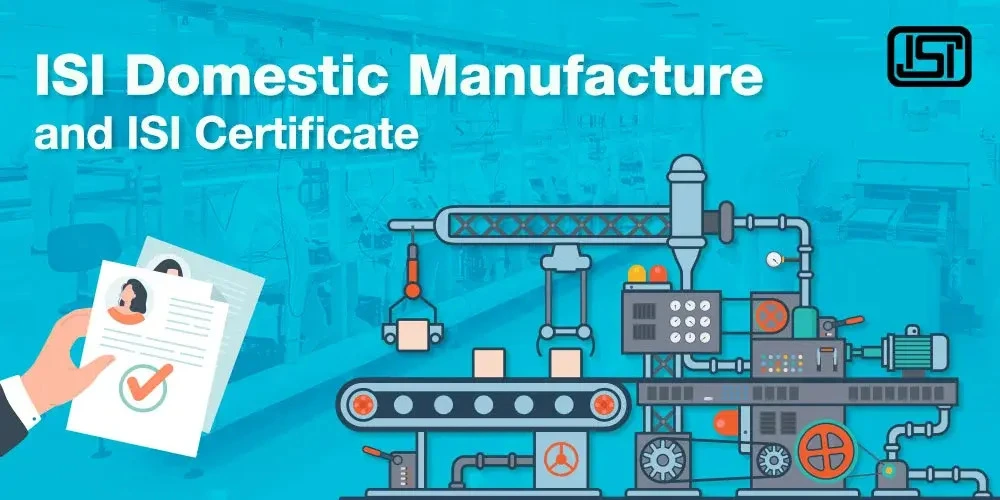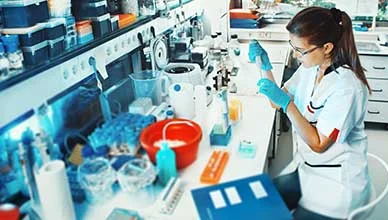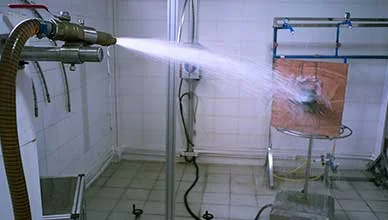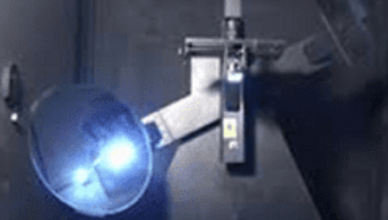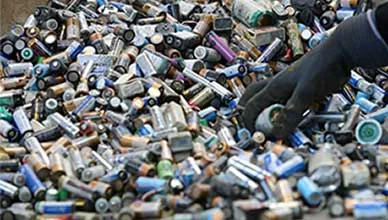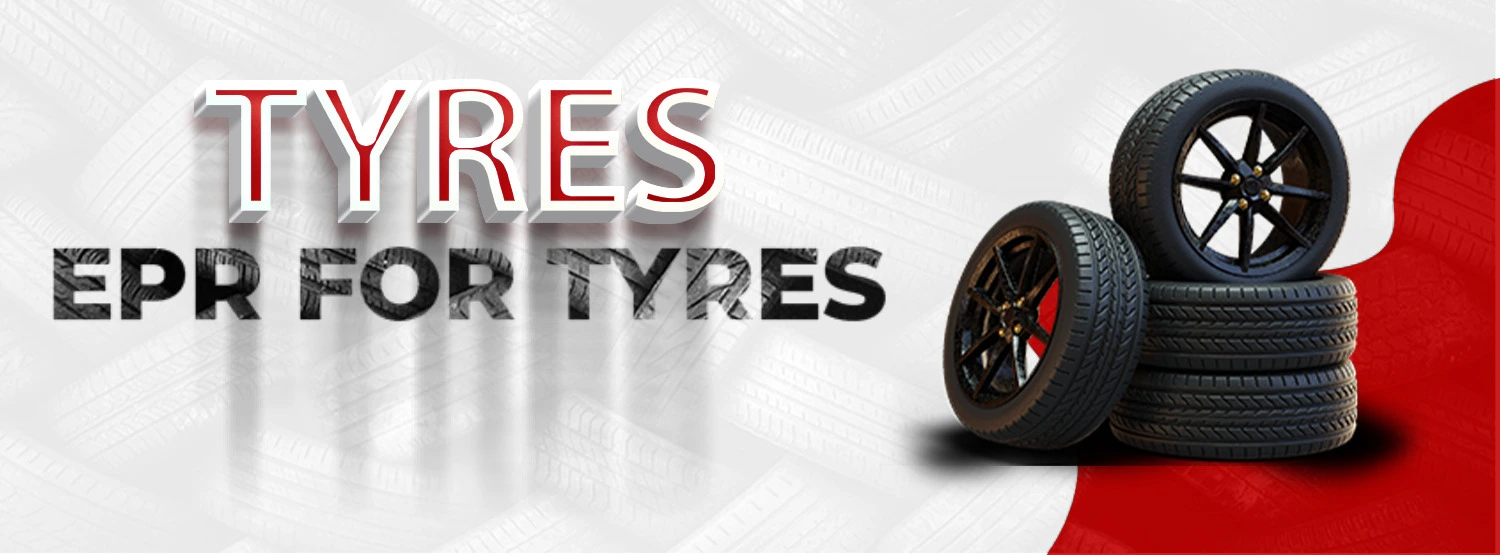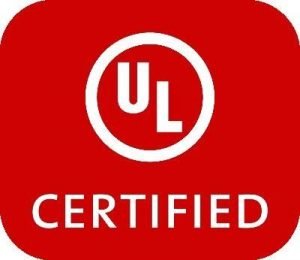Describe RoHS CERTIFICATION
Restriction of Hazardous Substances, or simply RoHS, is another name for Directive 2002/95/EC. It was designed specifically to limit the use of several dangerous compounds that are present in the majority of electrical and electronic equipment. It is directly descended from the European Union.
On July 1, 2006, the directives pertaining to the restriction of hazardous substances went into effect. Each member state was required to implement and make the directives into legislation. RoHS aids in limiting the use of specific hazardous materials in electrical and electronic devices. This project attempts to reduce the usage of toxic substances as well as the negative effects that electronics have on the environment and human health.
RoHS Certification Process
The certification process for RoHS involves the following steps.
1. Testing: To ascertain the values of the 10 prohibited RoHS chemicals, on-site, XRF, and/or lab phthalate solvent extraction testing is carried out.
2. Process audit: Perform an on-site review of all relevant manufacturing procedures used to ensure RoHS compliance.
3. Review of the supporting documentation: Examine the Technical File, Bill of Materials, assembly drawings, materials declarations, test results, and conformance/compliance certificates from all vendors.
The following must be in the technical file:
Information on the general product description and design structure
Risk evaluation for components, parts, and subassemblies
Information on materials, components, and subassemblies that conformManufacturing records and documentation
Harmonised standards, requirements, and conformity assessment techniques4. Certification Statement: After a successful audit, a RoHS Certificate of Compliance (also known as a Certificate of Conformity or Declaration of Conformity) is issued.
- Home
- About Us
-
Services
- BIS ISI Mark Certification
- BIS-CRS Certification
- ISI Domestic Manufacture
- EPR Plastic Waste
- EPR E-Waste
- EPR Registration
- EPR Battery Waste
- BIS FMCS Registration
- WMI Registration
- BIS ECO Mark Scheme
- BIS Certification for Footwear
- EMI-EMC Test
- RF Testing
- IP Rating Test
- TEC Approvals
- NABL Testing
- LM 79 & LM 80
- ROHS Approval
- CE Certificetion
- EPR Importance
- EPR For Tyres
- EPR For Used Oil
- TradeMark
- Copy Right
- WPC-ETA Approval
- BEE Registration
- FSSAI Registration
- Gem Registration
- BIS Certification for Toys
- Import Export License
- Custom Compliance
- LAB Setup and lab equipment
- UL Certification
- CDSCO Approvals
- Drug License
- NOC For Steel
- IMEI Registration
- ISO Certification
- Legal Metrology
- NSIC Registration
- Start-Up Registration
- Make in India Mark
- LMPC Registration
- CDSCO Registration
- Updates
- Gallery
- Clients
- Contact Us





